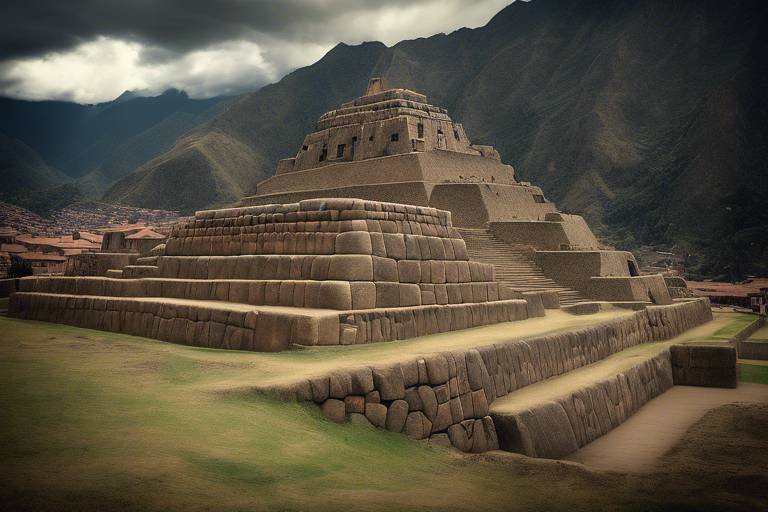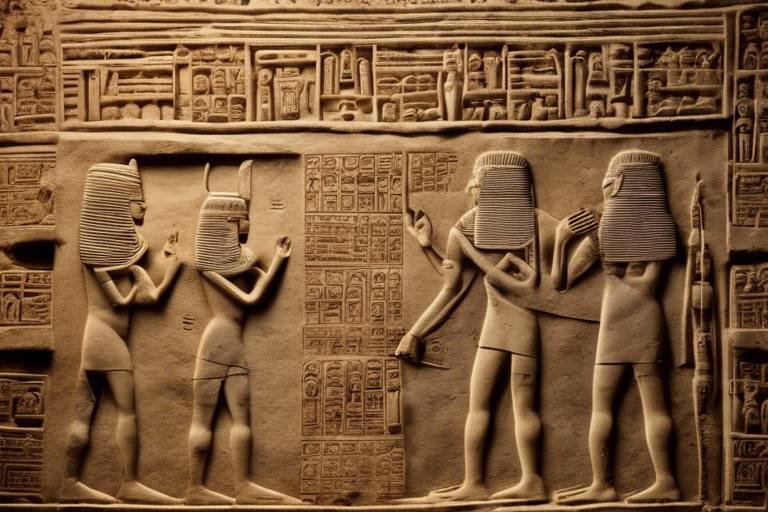The Decline of the Olmec Civilization - Causes and Consequences
The Olmec civilization, once a thriving and influential society in ancient Mesoamerica, faced a gradual decline that puzzled historians and archaeologists for centuries. Various factors contributed to the downfall of this enigmatic civilization, leaving behind a legacy that continues to intrigue researchers to this day.
Environmental factors played a significant role in the decline of the Olmec civilization. The region where the Olmec thrived was prone to natural disasters such as volcanic eruptions and earthquakes, which could have disrupted their agricultural practices and infrastructure. Additionally, shifts in climate patterns might have posed challenges to their sustenance and overall stability.
Social unrest and internal conflicts are also believed to have weakened the fabric of Olmec society. Struggles for power, disputes over resources, or clashes with neighboring groups could have eroded the social cohesion that once held the civilization together. These internal tensions may have ultimately led to the fragmentation of the Olmec community.
Moreover, economic factors likely played a crucial role in the decline of the Olmec civilization. Trade disruptions, depletion of natural resources, or agricultural difficulties could have undermined the economic foundation of the society, making it increasingly difficult for the Olmec to sustain their way of life. The inability to address these economic challenges may have hastened their decline.
Cultural shifts within the Olmec society might have also contributed to its downfall. Changes in religious beliefs, artistic expressions, or ideological transformations could have created divisions within the population, leading to a loss of unity and shared identity. These cultural changes may have weakened the social structures that once defined the Olmec civilization.
Despite the decline of the Olmec civilization, its legacy and influence endured in the subsequent Mesoamerican cultures. The advancements in art, architecture, and religious practices pioneered by the Olmec continued to shape the development of civilizations that followed. The remnants of their civilization served as a foundation upon which future societies in the region would build.
Archaeological evidence has provided valuable insights into the decline of the Olmec civilization. Excavations and research have unearthed artifacts and remains that offer clues about the possible causes of their collapse. By studying these findings, researchers have pieced together a narrative of the factors that led to the downfall of this once-great civilization.
Comparative analysis with other ancient societies allows us to draw parallels and differences in the decline of civilizations. By examining similar historical cases, we can gain a deeper understanding of the common patterns and unique circumstances that contribute to the collapse of advanced societies. This comparative approach sheds light on the complexities of societal decline.
Looking at the decline of the Olmec civilization from a modern perspective, we can draw valuable lessons about resilience and adaptation in the face of challenges. Studying the factors that led to their downfall can provide insights into how societies respond to crises and the importance of sustainable practices for long-term survival. The study of the Olmec civilization's decline remains relevant in understanding the dynamics of societal change.
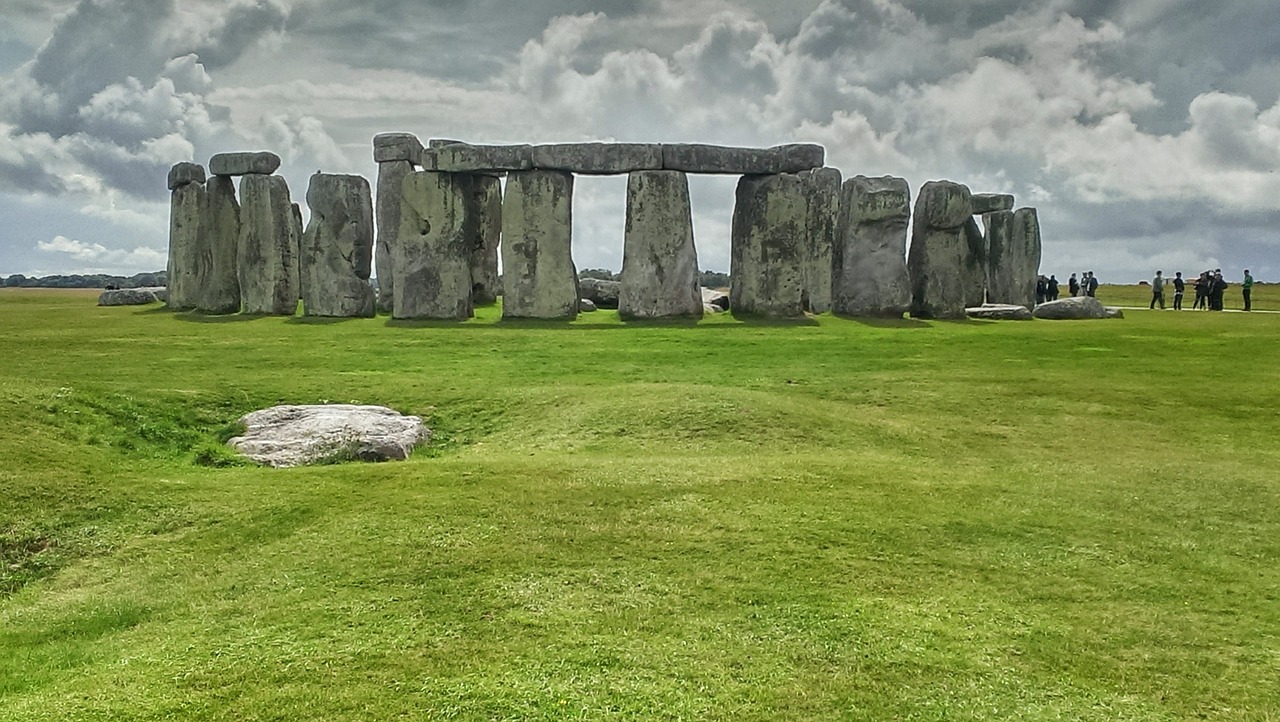
Environmental Factors
When delving into the mysterious annals of history, the enigmatic downfall of the Olmec civilization emerges as a captivating tale of grandeur turned to dust. Exploring the factors that precipitated its decline unveils a tapestry woven with environmental upheavals, societal unrest, economic woes, and cultural transformations. The repercussions of this ancient collapse reverberated through time, shaping the destiny of subsequent Mesoamerican cultures.
Amidst the lush jungles and majestic stone monuments of the Olmec heartland, nature's wrath lurked as a silent adversary, potentially sowing the seeds of demise. Volcanic eruptions, earthquakes, and erratic climate shifts cast a shadow of uncertainty over the civilization's sustainability. The very land that once nurtured their prosperity now posed unpredictable challenges, testing the resilience of the Olmec people against the forces of nature.
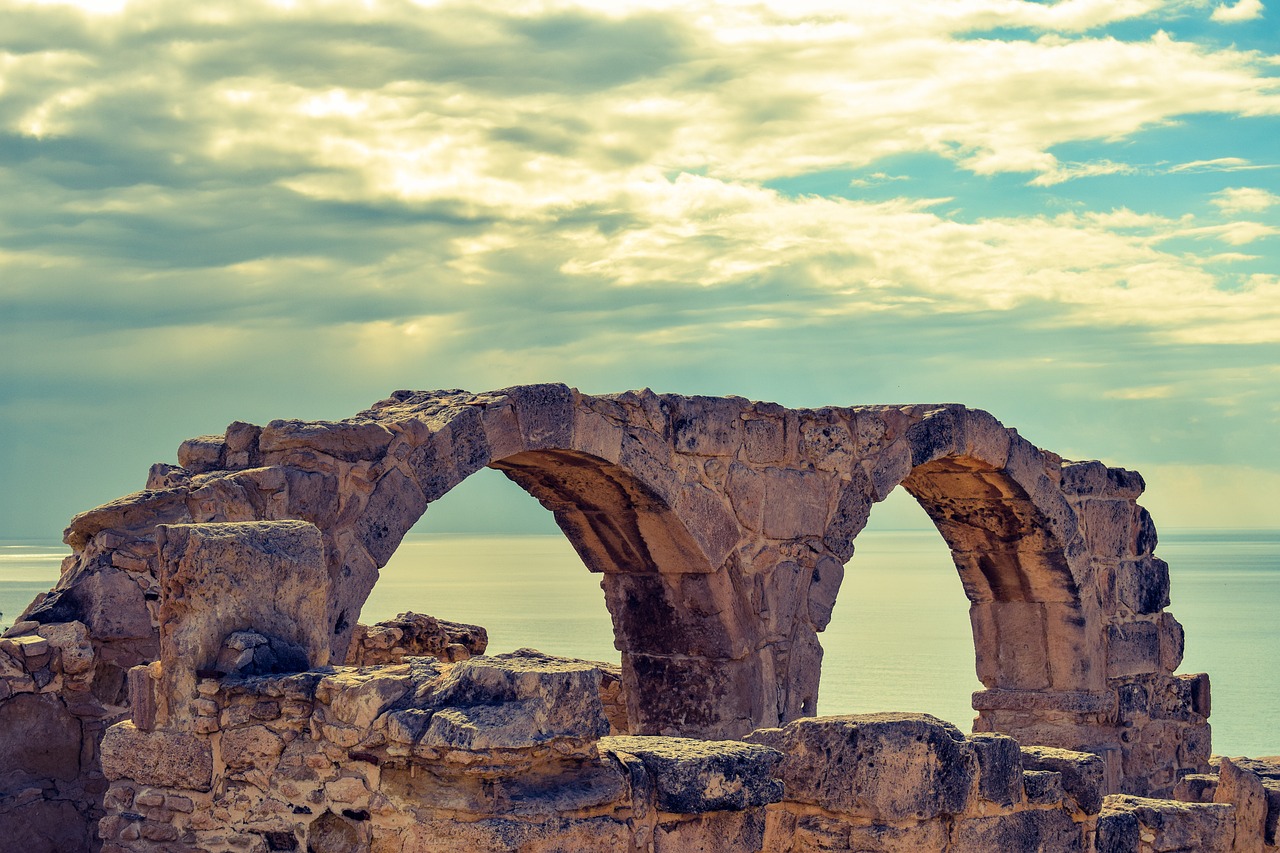
Social Unrest and Conflict
Social unrest and conflict played a significant role in the decline of the Olmec civilization. The internal strife within the society, possibly stemming from power struggles, social inequalities, or dissatisfaction among the population, could have weakened the cohesion of the Olmec community. Additionally, conflicts with neighboring groups or external invasions might have further destabilized the region, leading to disruptions in trade networks, resource access, and overall security.
It is believed that the Olmec society faced challenges in maintaining social order and stability, which could have been exacerbated by factors such as environmental pressures or economic downturns. The presence of rival factions or competing interests within the civilization could have escalated into violent confrontations, contributing to the overall decline of the once-thriving Olmec culture.
Archaeological evidence suggests instances of fortified settlements and defensive structures, indicating the possibility of armed conflicts or defensive measures taken by the Olmec people. These findings point towards a turbulent period marked by social unrest and conflict, which likely had far-reaching consequences on the political structure and societal fabric of the Olmec civilization.
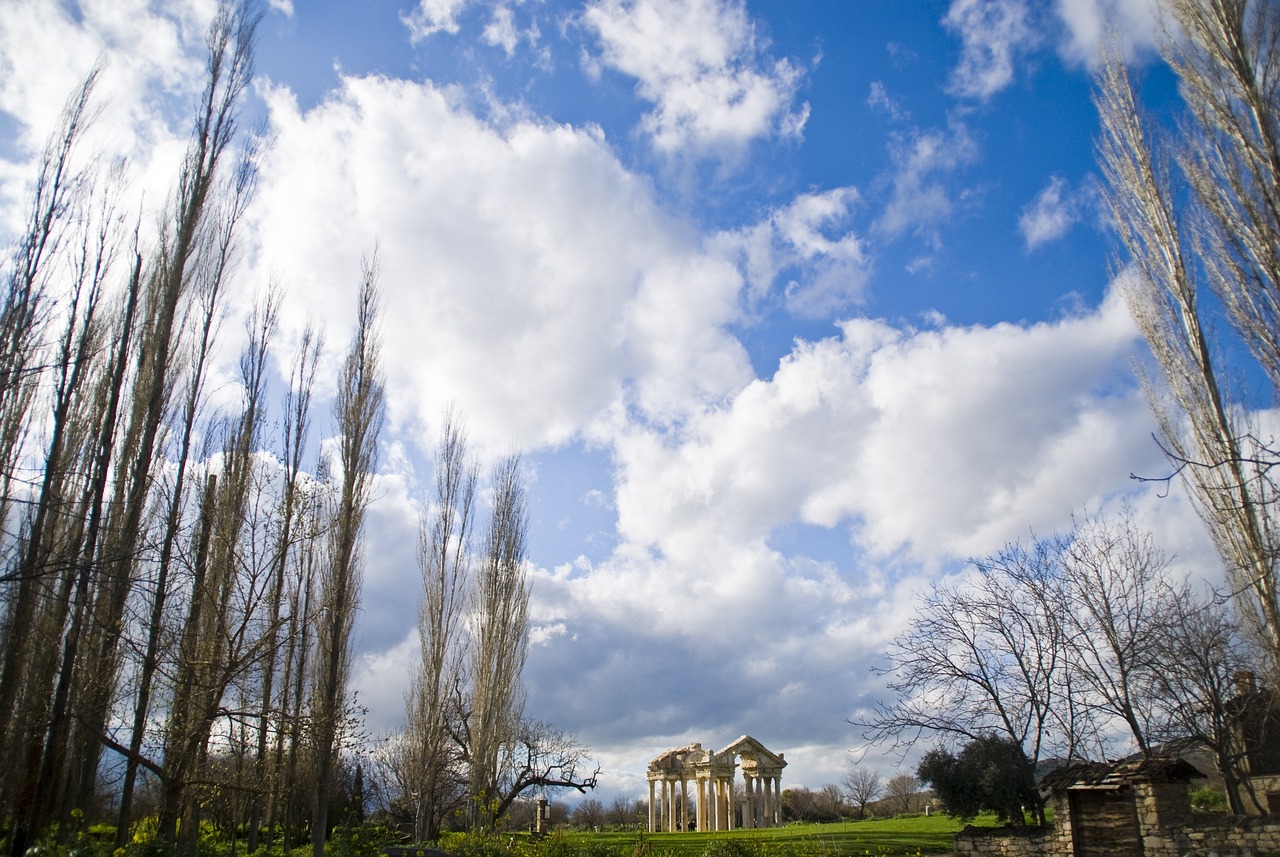
Economic Decline
During the decline of the Olmec civilization, economic factors played a significant role in destabilizing the once-thriving society. The economic decline of the Olmec civilization can be attributed to various interconnected issues that impacted their trade networks, resource management, and agricultural practices. One of the key factors contributing to their economic downturn was the disruption in trade routes, which were essential for the exchange of goods and ideas with neighboring regions. As trade routes became less reliable or were cut off entirely, the Olmec society faced challenges in accessing essential resources and luxury items that were crucial for their economy.
Moreover, resource depletion also played a crucial role in the economic decline of the Olmec civilization. The unsustainable exploitation of natural resources such as jade, obsidian, and other valuable materials led to shortages and increased competition within the society. As the availability of key resources dwindled, the Olmec people struggled to maintain their economic prosperity and social stability, further exacerbating their decline.
Agricultural challenges further compounded the economic woes of the Olmec civilization. Changes in climate patterns, soil degradation, and other environmental factors affected their ability to sustain agricultural productivity. Crop failures, food shortages, and related issues put additional strain on the economy and the overall well-being of the Olmec population. The reliance on agriculture as a primary source of livelihood made the civilization particularly vulnerable to any disruptions in food production.
Overall, the economic decline of the Olmec civilization was a multifaceted issue that stemmed from a combination of trade disruptions, resource depletion, and agricultural challenges. These interconnected factors contributed to the weakening of the Olmec economy, ultimately playing a significant role in the downfall of this ancient Mesoamerican society.

Cultural Shifts
When delving into the intriguing topic of the Olmec civilization's decline, it is essential to explore the profound impact of cultural shifts within their society. These cultural transformations encompassed a wide array of aspects, ranging from religious practices to artistic expressions and ideological shifts. The evolution of these cultural elements played a pivotal role in shaping the stability of the Olmec civilization and ultimately contributed to its eventual decline.
One of the key cultural shifts that occurred within the Olmec society was evident in their religious practices. The Olmecs were known for their complex belief systems and ritual practices, which were deeply intertwined with their daily lives. However, over time, these religious traditions underwent significant changes, potentially leading to a shift in societal values and norms. The alteration in religious practices could have disrupted the spiritual harmony within the civilization, impacting its cohesion and resilience.
Moreover, the artistic expressions of the Olmec civilization underwent a transformation that reflected shifting cultural dynamics. The renowned Olmec colossal heads and intricate jade artifacts are emblematic of their artistic prowess and cultural identity. However, as the civilization faced challenges and internal changes, the nature of their artistic creations may have evolved, signaling a departure from traditional forms of expression. These shifts in artistic styles could signify deeper societal changes and a redefinition of cultural identity.
Another crucial aspect of cultural shifts within the Olmec civilization pertains to ideological changes that influenced societal structures and belief systems. The evolution of ideological frameworks, including political ideologies and social hierarchies, could have introduced internal tensions and divisions within the society. These ideological shifts might have disrupted the existing power dynamics and social cohesion, contributing to the destabilization of the civilization.
In essence, the cultural shifts within the Olmec civilization offer valuable insights into the intricate interplay between cultural dynamics and societal stability. By examining the changes in religious practices, artistic expressions, and ideological frameworks, we can gain a deeper understanding of the factors that influenced the decline of this ancient civilization. These cultural transformations not only shaped the trajectory of the Olmec society but also left a lasting legacy that reverberated through subsequent Mesoamerican cultures.
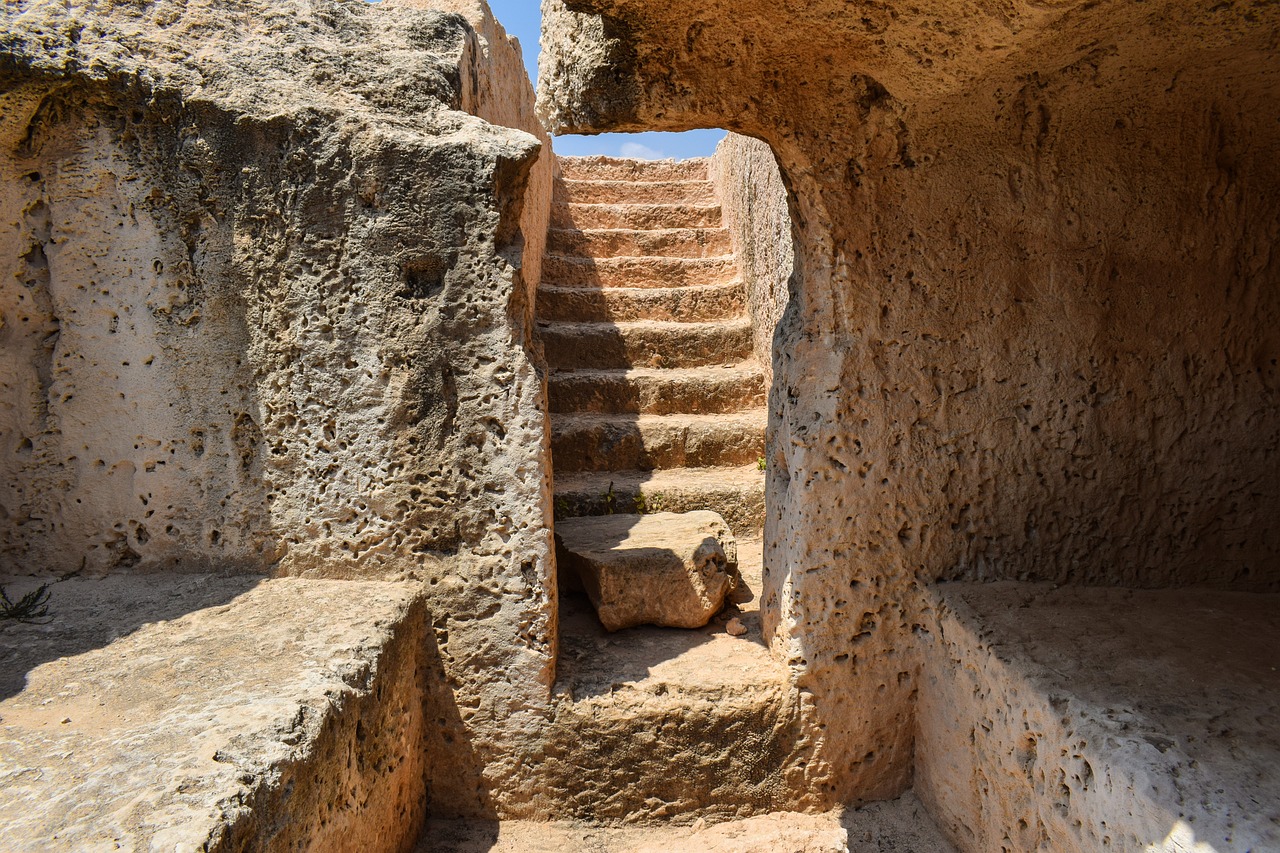
Legacy and Influence
The legacy of the Olmec civilization continues to reverberate through the annals of Mesoamerican history, leaving an indelible mark on subsequent cultures that followed in its wake. The Olmecs, often regarded as the "Mother Culture" of Mesoamerica, laid the foundation for artistic, religious, and societal practices that would influence civilizations for centuries to come.
One of the most significant legacies of the Olmec civilization is their artistic prowess, particularly their iconic colossal stone heads that have become emblematic of their culture. These monumental sculptures not only showcase the advanced sculptural techniques of the Olmecs but also served as symbols of power and authority, setting a precedent for artistic expression in Mesoamerica.
Furthermore, the religious beliefs and practices of the Olmecs, centered around deities like the were-jaguar and the feathered serpent, had a lasting impact on subsequent Mesoamerican cultures such as the Maya and the Aztecs. The intricate cosmology and ritualistic practices of the Olmecs laid the groundwork for the rich tapestry of Mesoamerican spirituality that would flourish in the centuries to come.
Moreover, the Olmecs' sophisticated agricultural practices, including the cultivation of maize and other staple crops, influenced the agricultural systems of later Mesoamerican civilizations, enabling the sustainable growth of urban centers and the development of complex societies.
Despite the eventual decline of the Olmec civilization, their legacy endured through the transmission of cultural knowledge, technological innovations, and artistic traditions to succeeding cultures in Mesoamerica. The echoes of the Olmecs can be seen in the monumental architecture of the Maya, the intricate pottery of the Zapotec, and the mathematical achievements of the Aztecs.
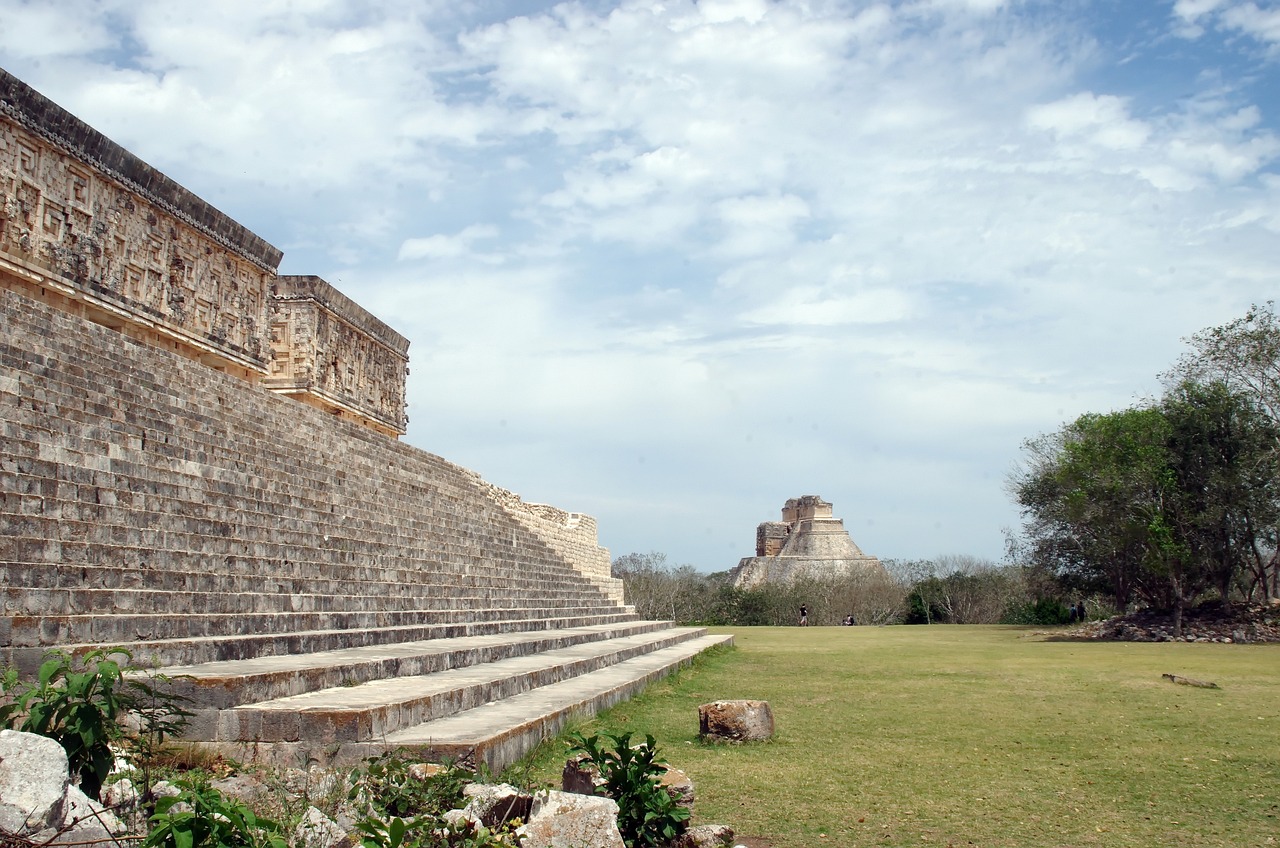
Archaeological Evidence
Archaeological evidence plays a crucial role in unraveling the mysteries surrounding the decline of the Olmec civilization. Through excavations, researchers have unearthed artifacts, structures, and remains that offer valuable insights into the factors that led to the downfall of this ancient society. The discovery of abandoned ceremonial centers, such as La Venta and San Lorenzo, suggests a sudden and possibly catastrophic event that disrupted Olmec life. Additionally, the presence of broken sculptures and monuments indicates potential acts of deliberate destruction, pointing towards social upheaval or conflict within the civilization.
Furthermore, the examination of Olmec burial sites has provided significant clues about their religious beliefs and funerary practices. The presence of elaborate offerings and symbolic artifacts in tombs suggests a complex belief system and societal hierarchy. Analysis of skeletal remains has also shed light on the health and nutrition of the Olmec population, indicating possible challenges in food production or resource management towards the later stages of their civilization.
Moreover, the study of Olmec pottery, figurines, and other artistic expressions has revealed shifts in style and symbolism over time. Changes in the iconography of Olmec artifacts may signify evolving cultural norms or external influences on their society. By comparing different artistic phases and regional variations, archaeologists can trace the cultural developments within the Olmec civilization and their interactions with neighboring groups.
In addition to material culture, scientific techniques such as carbon dating and isotopic analysis have provided valuable data for understanding the chronology and environmental conditions during the Olmec period. By dating organic materials and studying isotopic signatures in ancient remains, researchers can reconstruct past climates, agricultural practices, and trade networks that sustained the Olmec society. These scientific methods offer a more precise timeline of events leading to the decline of the Olmec civilization and help connect archaeological findings to broader historical narratives.
Overall, the archaeological evidence surrounding the Olmec civilization offers a multifaceted view of their rise and fall. By piecing together fragments of the past, researchers continue to uncover the complexities of this enigmatic culture and the challenges they faced. Through ongoing excavations and analyses, the story of the Olmec civilization gradually unfolds, providing valuable lessons for understanding the dynamics of ancient societies and the resilience of human civilizations in the face of adversity.
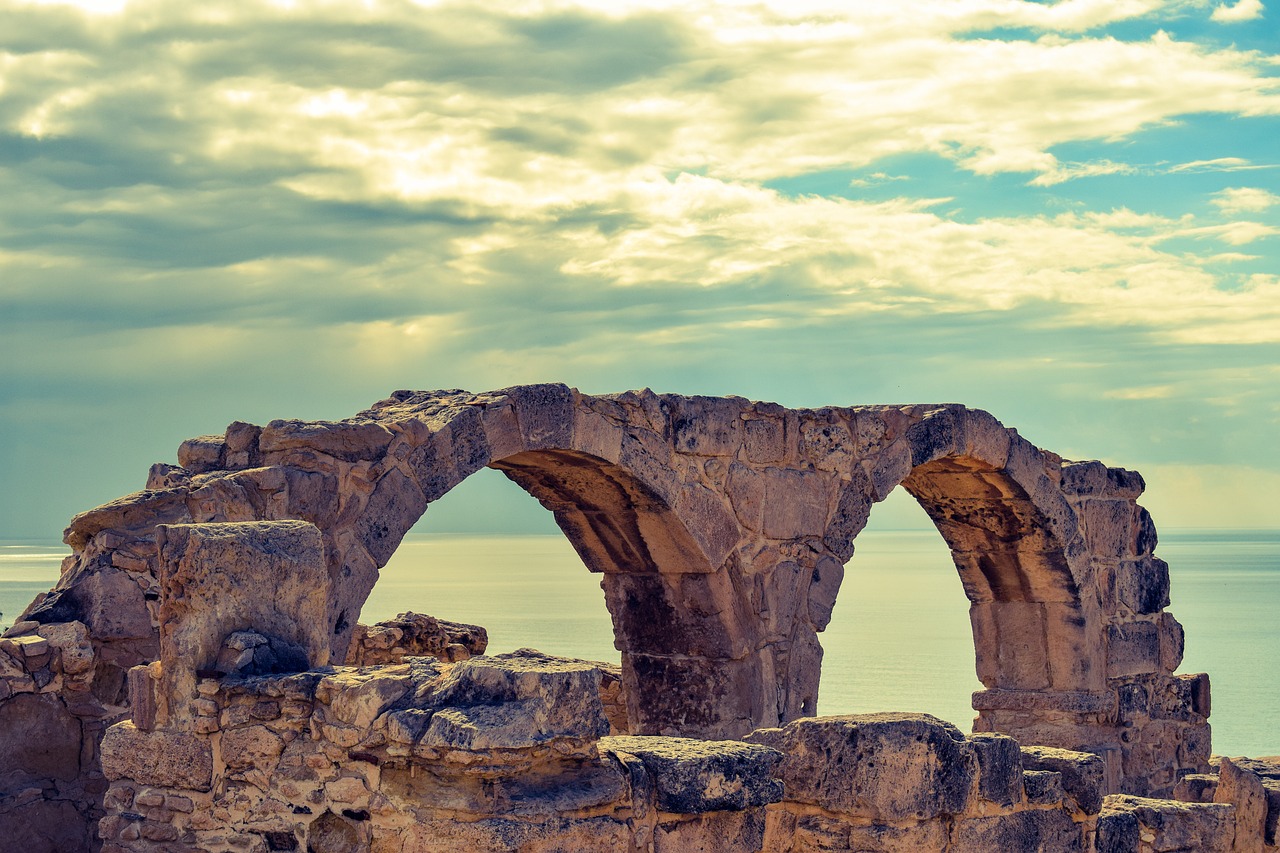
Comparative Analysis
When conducting a comparative analysis of the decline of the Olmec civilization with other ancient societies, it becomes evident that various factors played crucial roles in the downfall of these once-great civilizations. While each society faced unique challenges, similarities can be drawn in the patterns of collapse and the aftermath that followed.
One key aspect to consider is the impact of environmental factors on societal stability. Just as the Olmec civilization may have been affected by volcanic eruptions and climate shifts, other ancient societies like the Mayans or the Romans also faced natural disasters that disrupted their way of life. The ability of a society to adapt to such environmental changes often determined its resilience in the face of adversity.
Social unrest and conflict are recurring themes in the histories of many ancient civilizations. The power struggles within the Olmec society could be likened to the internal conflicts that plagued the Byzantine Empire or the political upheavals in ancient Egypt. The inability to maintain social cohesion and resolve internal disputes often led to the weakening of centralized authority and the eventual collapse of these civilizations.
Economic factors also played a significant role in the decline of ancient societies. Just as trade disruptions and resource depletion may have contributed to the fall of the Olmec civilization, other cultures such as the Indus Valley civilization or the Mesopotamians faced similar challenges. The reliance on unsustainable economic practices ultimately led to the downfall of these once-thriving civilizations.
Cultural shifts are another critical aspect to consider when comparing the decline of the Olmec civilization with other ancient societies. The evolution of religious beliefs, artistic expressions, and ideological frameworks within a society often reflected broader shifts in societal values and norms. The changes in cultural identity could either foster resilience or contribute to the destabilization of a civilization.
Through a comparative analysis of the decline of the Olmec civilization with other ancient societies, we gain valuable insights into the complexities of societal collapses and the resilience of human civilizations throughout history. By examining the parallels and differences in the factors that led to their downfall, we can better understand the fragility of human societies and the enduring impact of past civilizations on our present world.

Modern Perspectives
When considering the decline of the Olmec civilization from a modern perspective, it becomes evident that studying the past holds valuable lessons for the present and future. The story of the Olmec serves as a cautionary tale, highlighting the fragility of even the most advanced societies in the face of environmental, social, economic, and cultural challenges.
By delving into the reasons behind the collapse of the Olmec civilization, contemporary societies can gain insights into the importance of sustainable practices, social cohesion, and adaptability in the face of adversity. The echoes of the past reverberate into the present, urging us to reevaluate our own societal structures and behaviors to ensure long-term resilience.
Moreover, understanding how the Olmec civilization grappled with its decline can offer valuable perspectives on the interconnectedness of human societies and the impact of individual decisions on collective destinies. The study of history is not merely an exercise in the past but a tool for shaping a more informed and enlightened future.
Frequently Asked Questions
- What were the main environmental factors that contributed to the decline of the Olmec civilization?
The main environmental factors that may have led to the decline of the Olmec civilization include volcanic eruptions, earthquakes, and climate shifts. These natural events could have disrupted the society's infrastructure and agricultural practices, impacting their ability to sustain their civilization.
- How did social unrest and conflict play a role in the downfall of the Olmec civilization?
Social unrest and conflict within the Olmec society could have destabilized the civilization, leading to internal strife and potential conflicts with neighboring groups. This could have weakened the social fabric of the society and contributed to its ultimate collapse.
- What economic factors are believed to have influenced the decline of the Olmec civilization?
Economic factors such as trade disruptions, resource depletion, and agricultural challenges are thought to have played a significant role in the decline of the Olmec civilization. These issues could have impacted the society's ability to sustain itself and thrive economically.
- How did cultural shifts within the Olmec society affect its stability and eventual decline?
Cultural changes, including shifts in religious practices, artistic expressions, and ideological beliefs, may have impacted the stability of the Olmec civilization. These changes could have altered societal norms and values, leading to internal divisions and contributing to the civilization's decline.
- What is the lasting legacy of the Olmec civilization on subsequent Mesoamerican cultures?
The Olmec civilization's legacy has had a significant impact on subsequent Mesoamerican cultures, influencing their art, architecture, and religious practices. The decline of the Olmec civilization shaped the development of other civilizations in the region, leaving a lasting imprint on the cultural landscape.






